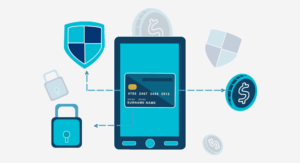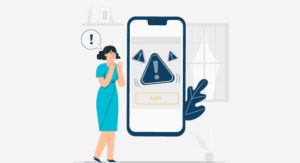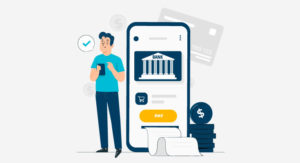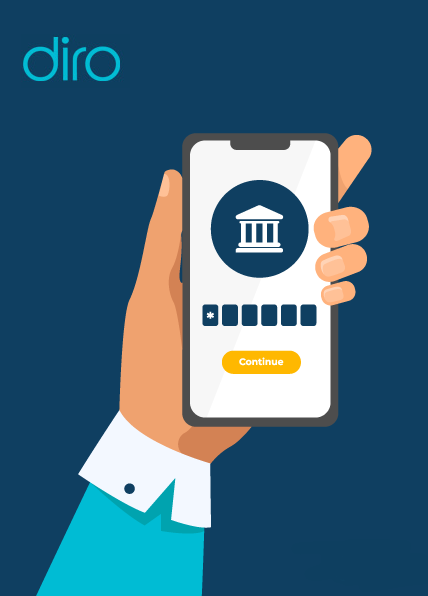Open Banking: The New Era of Financial Auditing
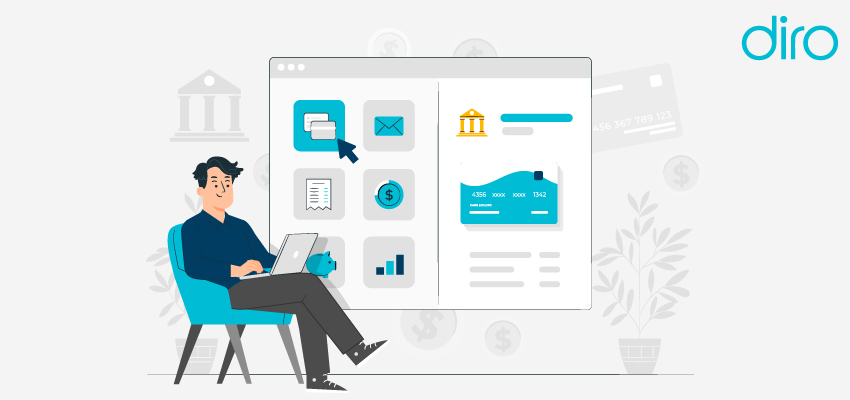
The world of auditing is changing rapidly, and Open Banking is driving the change. For decades, auditors have relied on traditional, manual processes—chasing down client records, cross-referencing financial statements, and making sense of fragmented data. It’s a system that works, but it’s far from perfect.
Traditional audits are slow, prone to human error, and often limited by incomplete data. However, with open banking, auditors now have direct access to real-time financial data, cutting out inefficiencies and reducing the risk of inaccuracies. This shift is more than just a technological upgrade—it fundamentally rethinks how audits should work in a digital-first world.
In this guide, we’ll explore:
- Why traditional auditing methods struggle with accuracy and efficiency.
- How Open Banking streamlines the process by providing real-time, verified financial data.
- The key ways auditors can use Open Banking to detect fraud, verify revenues, and improve financial reporting.
- The future of auditing in a world where automation, AI, and blockchain are changing the game.
Why Traditional Audits Are Due for an Upgrade
Auditing has always been about ensuring financial transparency, but let’s be honest: the way it’s been done for decades has some serious flaws.
1. Too Much Paper, Too Many Spreadsheets
Even in the digital age, many audit firms still rely on clients providing PDFs, Excel sheets, or even paper-based statements. These records have to be manually checked, entered into systems, and reconciled. This isn’t just tedious—it’s a breeding ground for errors and inconsistencies.
2. Time Constraints and Endless Follow-Ups
Auditors are constantly racing against the clock. Gathering financial data from clients can take weeks, with multiple follow-ups needed just to get complete information. Meanwhile, auditors are left waiting for documents, chasing missing records, and trying to piece together the full financial picture.
3. A Small Sample, A Big Risk
Traditional audits don’t analyze every transaction—there simply isn’t enough time. Instead, they use sample testing, reviewing only a portion of transactions to draw conclusions. While this has worked for years, it also means that fraud, misstatements, or inconsistencies can slip through the cracks.
4. Data That’s Already Outdated
By the time an auditor receives financial statements, they might already be weeks (or months) old. In a world where transactions happen instantly, relying on outdated data means auditors are always playing catch-up.
How Open Banking Transforms Auditing
Open Banking is exactly what it sounds like—a system that allows secure access to banking data through APIs (Application Programming Interfaces). Instead of relying on client-supplied documents, auditors can now connect directly to real-time, bank-verified financial data.
What does that mean in practice?
- No more waiting for clients to send over bank statements.
- No more questioning whether the data is accurate or up-to-date.
- No more manual data entry that introduces errors.
Imagine starting an audit and instantly having access to every bank transaction from the past year, fully verified, without having to request or manually check a single document. Instead of working with old or incomplete data, auditors now get a full, real-time picture of a company’s finances, allowing them to work faster, more accurately, and with greater confidence.
The Key Benefits of Open Banking for Auditors
1. Faster and More Reliable Transaction Analysis
Traditionally, checking transactions meant manually going through bank statements and comparing them with financial records—a slow and painstaking process. With Open Banking, auditors can automate this entire workflow, instantly matching transactions with accounting records to spot discrepancies.
2. Smarter Fraud Detection
Fraud often hides in the details—unusual payments, duplicate transactions, or vendors that don’t quite add up. Auditors used to scan for these manually, but Open Banking enables AI-powered tools that automatically flag suspicious patterns, helping auditors catch fraud before it becomes a major issue.
3. Revenue Completeness Testing Made Easy
One of the biggest challenges in auditing is ensuring that every dollar of reported revenue is actually backed by a bank deposit. In traditional audits, this is done through sampling. But with Open Banking, auditors can verify 100% of transactions, ensuring complete accuracy without guesswork.
4. More Effective Expense Verification
Matching expenses to supporting invoices is another time-consuming audit task. With Open Banking, auditors can instantly confirm whether payments align with invoices, detect duplicate payments, and flag any irregular spending.
5. Real-Time Access to Year-End Transactions
One of the biggest frustrations in auditing is verifying post-year-end transactions, essential for ensuring revenue and liabilities are reported correctly. Open Banking allows auditors to access this data instantly, making adjustments faster and more accurately.
6. Significant Time Savings and Efficiency Gains
By removing the need for back-and-forth communication with clients over missing documents, Open Banking can cut audit completion times by weeks. Auditors spend less time chasing paperwork and more time doing what they do best—analyzing financial data and providing valuable insights.
The Future of Auditing: AI, Blockchain, and Real-Time Insights
Open Banking is just the beginning. As auditing becomes more data-driven and automated, we can expect even bigger changes, including:
- AI-powered predictive analytics can detect financial anomalies before they become problems.
- Blockchain-based verification reduces fraud risks and makes financial records tamper-proof.
- Continuous, real-time auditing, where audits aren’t just an annual process but an ongoing, automated review of financial health.
For auditors, this means a shift from manual number-crunching to a more strategic, technology-driven role—one that focuses on insights, risk analysis, and future-proofing financial integrity.
Final Thoughts
Open Banking isn’t just a new tool for auditors—it’s a fundamental shift in how financial audits are conducted. By embracing this technology, firms can deliver audits that are faster, more accurate, and far more insightful than ever before.
The future of auditing is here. The only question is: are you ready to be a part of it?





